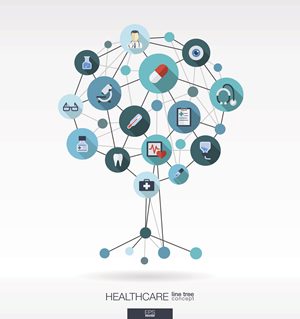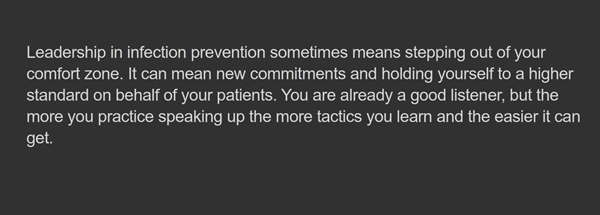ATD Blog
Simulation Based Learning Enhances Healthcare Professional Education
Mon Feb 12 2018


The Office of Disease Prevention and Health Promotion (ODPHP) within the U.S. Department of Health and Human Services has a long history of creating guidelines and policies to protect and enhance the health and wellness of the American public.
With a wide reach, the office has produced initiatives as important as the Dietary Guidelines for Americans and the Adverse Drug Event National Action Plan, playing a central role in helping to keep America healthy. To ensure health professionals are able to meet the goals ODPHP has helped create, one of ODPHP’s many initiatives is to provide free interactive training to health professionals.
The training of health professionals has required our office to think about the pedagogy required to capture the attention of a very busy target audience: physicians, nurses, pharmacists, public health professionals, and so forth. How can we capture the attention of our audience for long enough to share our message and change behavior?
Enter Simulations
Malcolm Knowles, renowned adult educator and champion of andragogy, said that adults are practical, goal-oriented and bring life experiences and knowledge to learning. These principles that Knowles identified are reflected in the trainings we create. To meet the needs of adult learners our office provides learning in an interactive, simulation-based learning format.
Simulation-based learning enables the user to apply goal-oriented skills in a practical setting by asking the user to assume the identity of another and walk in someone else’s shoes. In our simulations, the user can take on the role of many different characters, including Rhonda Clark, a busy nurse taking on a new role as a pain management professional at her practice, or Kelly McTavish, whose father was just admitted to the hospital and is practicing empowered caregiving.
In our lessons, the user is able to use prior life experiences in their learning. In simulation-based learning, the user is asked, “What would you do?” More often than not, this decision will be influenced by the user’s previous experiences. Users are able to make choices in the simulation and learn from the consequences of those actions in a virtual world.
The growing complexities of patient-centered care require health professionals to effectively communicate with patients, caregivers and the care team. Communication skills are not inherent, but can be improved through practice and training. Our lessons provide the user with simulation-based learning to practice those communication skills in a safe space.
One of our most popular and highly used training offerings, “Partnering to Heal,” highlights effective communication strategies through simulation-based learning to create a "culture of safety" in healthcare institutions to keep patients from getting sicker. The training asks users to assume the identity of five main characters and make decisions about preventing Health Care-Associated Infections.
In one scenario, the user assumes the identity of Dena, an overwhelmed nurse. The user, as Dena, has experienced Dena’s work and home life. Her husband just lost his job and Dena is now supporting him and their newborn daughter by picking up extra shifts at the hospital. When Dena is faced with the decision to join a new team at the hospital dedicated to infection prevention, the user must choose. If Dena chooses to join the team, the user is shown this prompt:
Learning More
The ODPHP training library can be found at health.gov/learn. To stay up-to-date on all trainings and resources offered by the Office of Disease Prevention and Health Promotion, please sign up at ODPHP Learning.
What’s more, ODPHP is looking forward to learning from colleagues at Government Workforce: Learning Innovations, as well as sharing our approach to training health professionals during the “Problem Solving in Three Dimensions: Learning for the Future session.”
